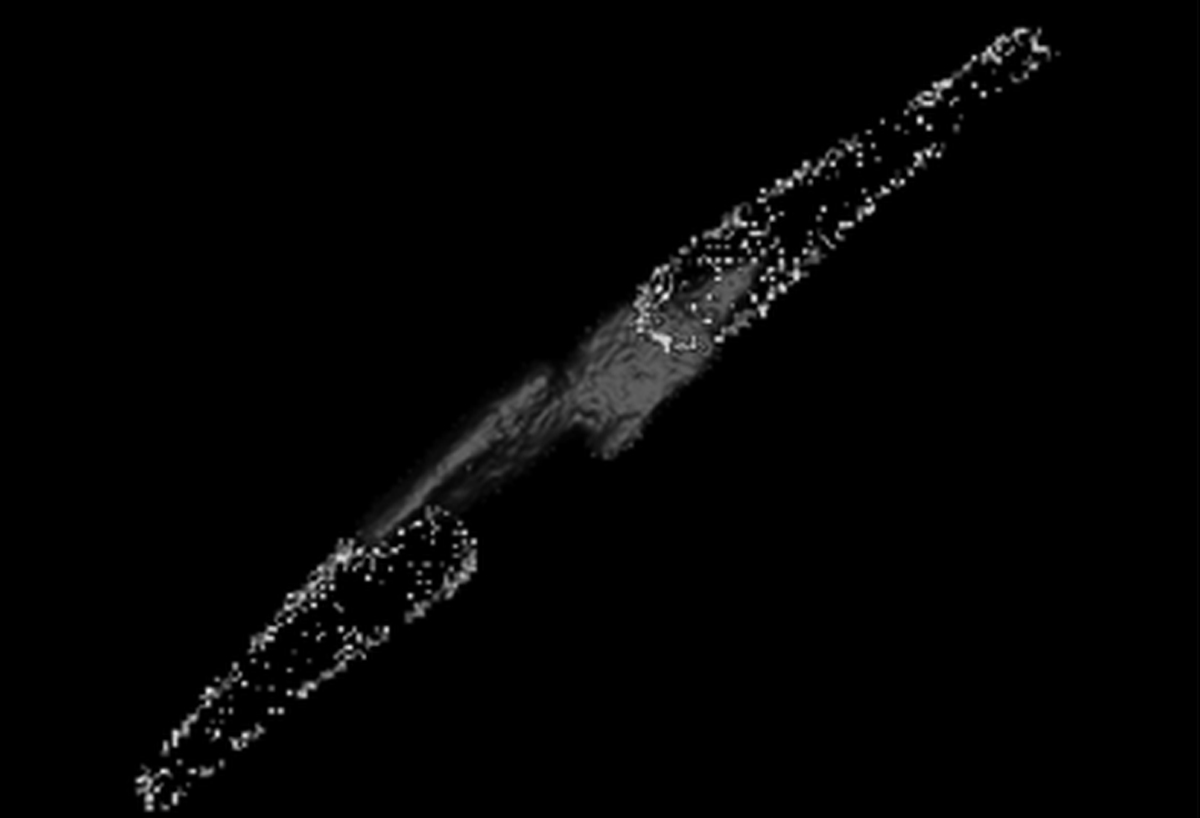
Algae take “detours” to store energy
University of Konstanz biologists decode energy storage mechanisms in diatoms
Diatoms belong to the most important sources of oxygen on earth and are among the best architects among algae and plants. But researchers are not only fascinated by their ability to produce highly delicate cell walls made of silica. A team of biologists led by Professor Peter Kroth, Professor of Plant Ecophysiology at the University of Konstanz, has traced the energy storage process inside the algae, from the chloroplasts right down to the vacuoles. The researchers were able to identify the responsible enzyme, also revealing the wide-ranging effects that inhibiting carbohydrate storage (sugars) has on the algae’s capacity for photosynthesis. The research results, which are highly relevant for the biotechnological exploitation of algae, have been published in the May 2018 issue of the prestigious science journal “Proceedings of the National Academy of Sciences USA”.
Like all plants, diatoms use photosynthesis to generate carbohydrates (sugars) that provide them with energy. In land plants, these are stored as starch right at the place of production in the chloroplasts. Diatoms, by contrast, first transport the carbohydrates to the vacuoles (cellular storage organelles), where they are stored temporarily as chrysolaminarin until they can be put to use. The procedure behind this process of energy storage has now been decoded by Peter Kroth's research team.
The biologists were able to prove that in the diatom Phaeodactylum tricornutum, the enzyme glucan synthase is located inside the vacuolar membranes. These enzymes continuously pump single, simple carbohydrate molecules to the vacuoles, linking them to molecule chains in the process. Through other special enzymes, these are in turn augmented with carbohydrate side-chains, a process that results in the creation of the complex storage carbohydrate chrysolaminarin.
Inhibition of energy storage
The researchers then tested the effect that depriving the algae of the enzyme glucan synthase has. As the experiment revealed, doing so not only leads to reduced production of the storage substance chrysolaminarin. The ensuing backlog of carbohydrates was also observed to have an effect on the chloroplasts themselves. The algae’s capacity for photosynthesis and growth is reduced, while the cells ramp up biological mechanisms for preventing light stress - even at low levels of light that are harmless in regular circumstances. Even the inner basic membrane structure of the chloroplasts, which is comprised of thylakoids and is typically very stable in diatoms, undergoes change due to the lack of storage facilities for sugar in the vacuoles. The results also show that an increase in photosynthesis efficiency, for instance as a result of increased CO2 levels, does not automatically lead to higher productivity in the algae.
Every fifth breath of air on earth
Diatoms belong to the most important sources of oxygen on earth: They are responsible for generating the oxygen we breathe in with every fifth breath of air. These algae are further considered as promising material in various biotechnological fields of application. Their capacity for producing highly delicate cell walls from silica has been the subject of studies in the area of nanotechnology. Due to their high percentage of fat, diatoms are also valued as a potential future source of biofuels. They are incredibly diverse and grow in a variety of aquatic habitats around the world.
Facts:
- Original publication: Huang W, Haferkamp I, Lepetit B, Molchanova M, Hou S, Jeblick W, Río Bártulos C, Kroth PG "Reduced vacuolar β-1,3-glucan synthesis affects carbohydrate metabolism, plastid homeostasis and structure in Phaeodactylum tricornutum" Proc. Natl Acad Sci USA
doi: 10.1073/pnas.1719274115 - Research on energy storage in diatoms, one of the most important sources of oxygen on earth and a highly promising material in biotechnology.
- Diatoms turn carbohydrates into chrysolaminarin, which they store in their vacuoles. Researchers from the University of Konstanz were able to trace the process of energy storage from the chloroplasts to the vacuoles, also identifying the responsible enzyme.
- Inhibition of this enzyme has far-reaching consequences for the alga: reduced photosynthesis efficiency, blunted growth and a backlog of carbohydrates that affects the basic structure of the chloroplasts.
- Funded by the China Scholarship Council, the German Research Foundation (DFG) and the Gordon and Betty Moore Foundation.
Caption to the download picture
Caption: The diatom Phaeodactylum tricornutum.
Left (A): An algae cell seen through an optical microscope.
Right (B): A corresponding cell seen through a fluorescence microscope (3D model). The chloroplast is marked red. Inside the vacuole membrane, the enzyme glucan synthase (marked green) synthesises the chrysolaminarin, which is then stored in the vacuole.
